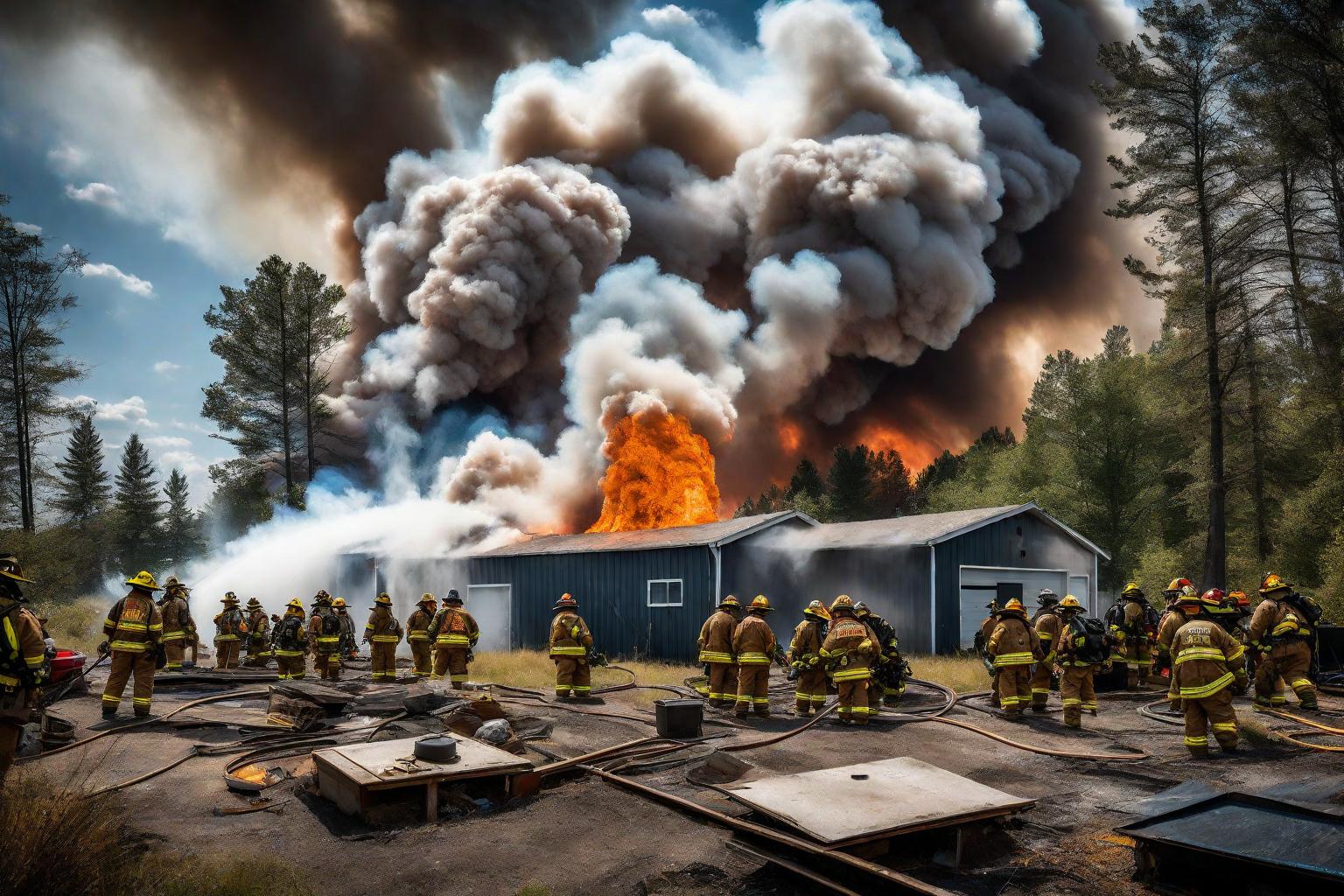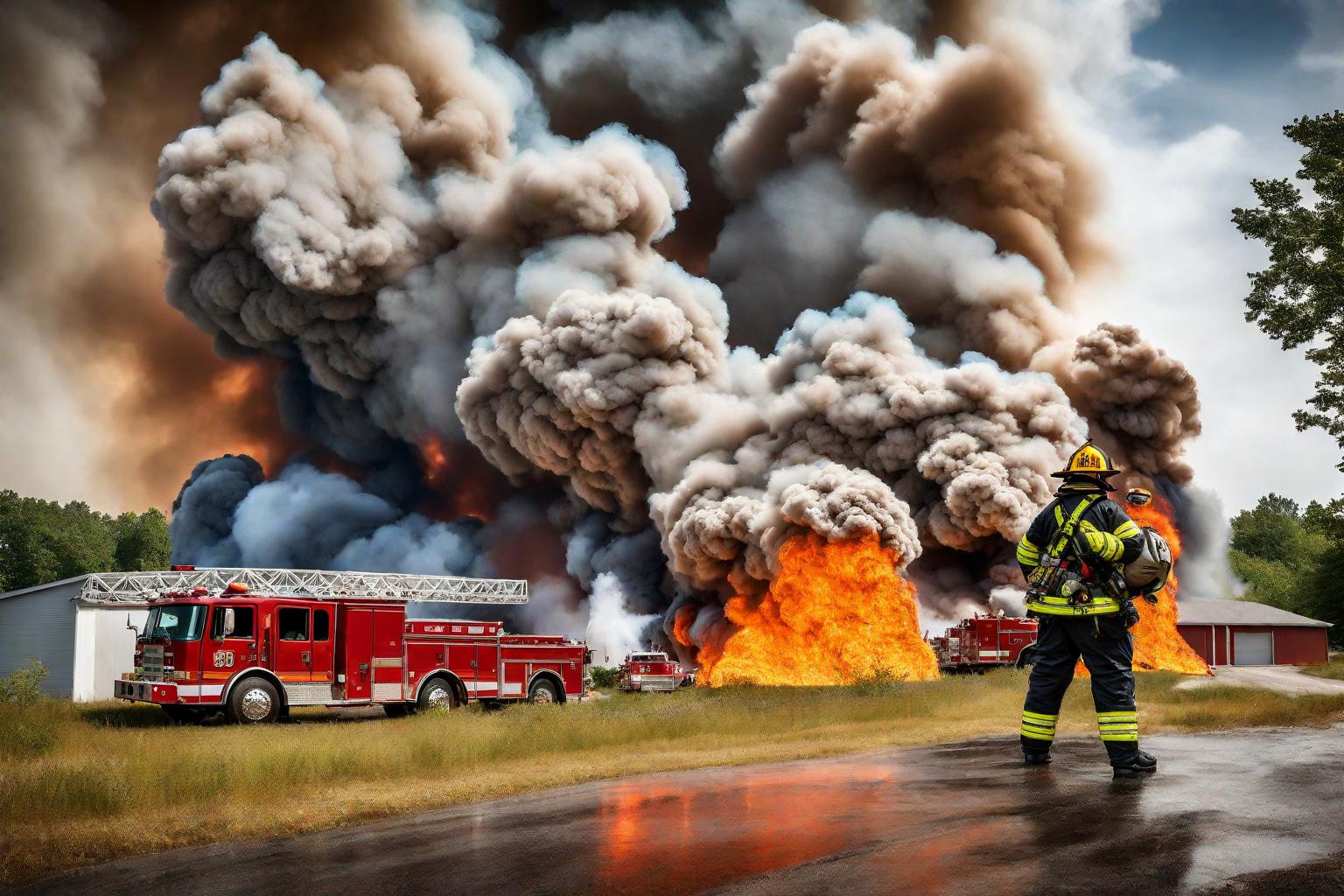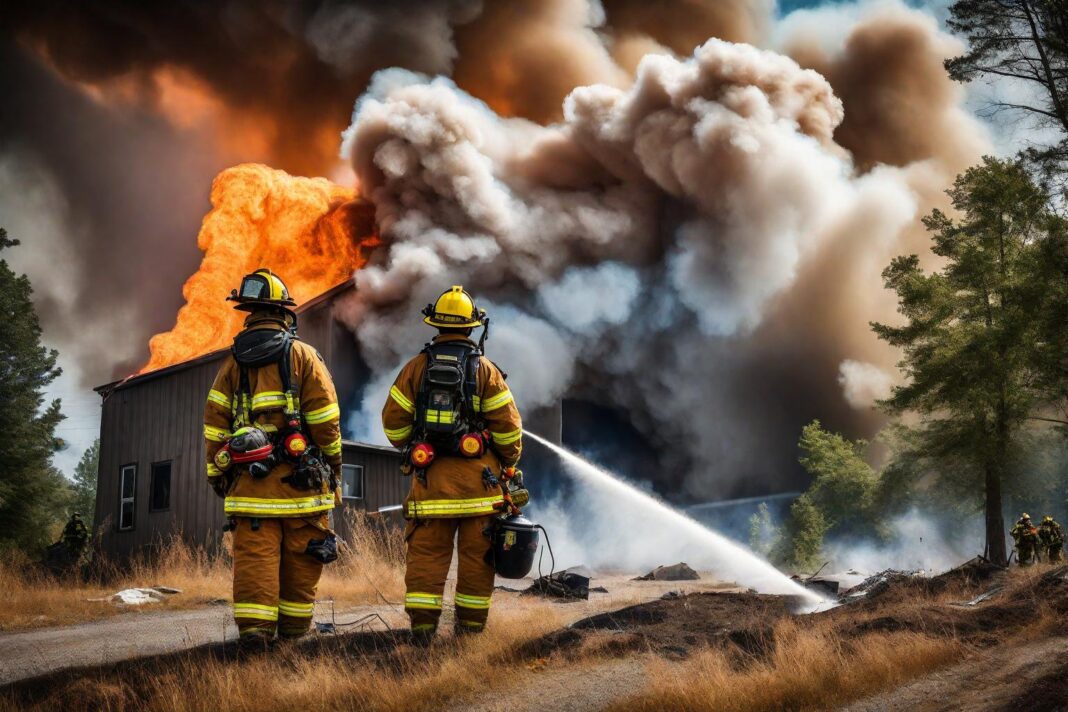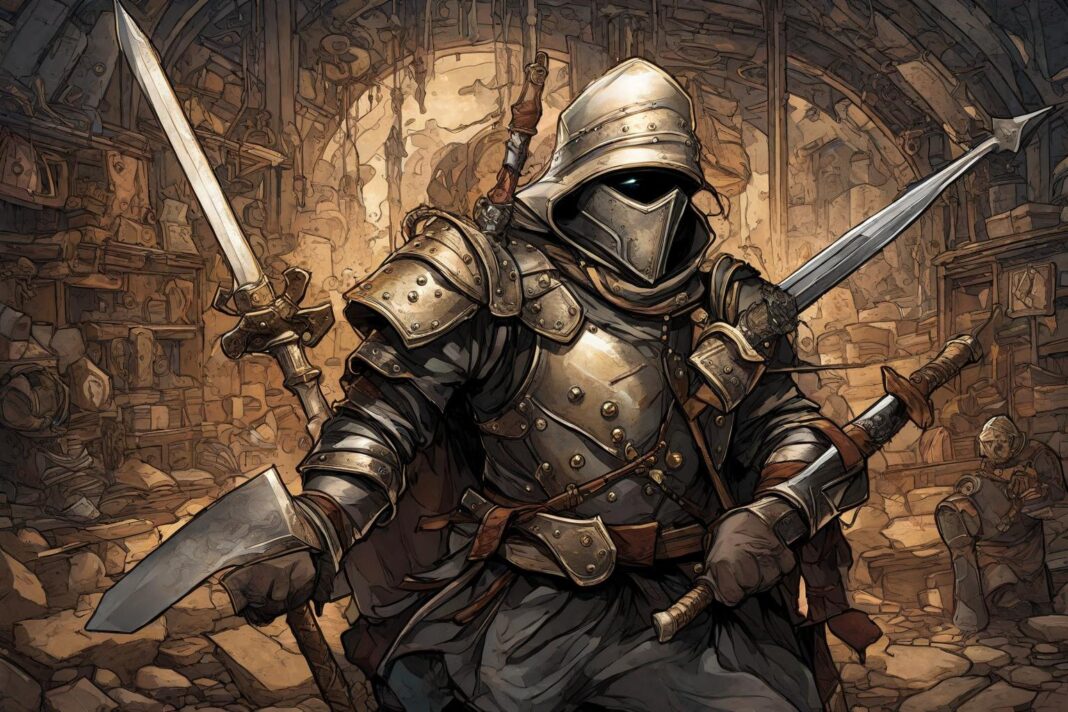Fires are a serious threat to any workplace or home, and it’s important to understand the different types of fires and how to properly prevent and respond to them. One type of fire that requires special attention is a Class D fires, which involves combustible metals. In this article, we will discuss the importance of having a Class D fire extinguisher and how to properly prevent and respond to a Class D fire.
What is a Class D Fires?

A Class D fires is a type of fire that involves combustible metals such as magnesium, titanium, and potassium. These metals can ignite at high temperatures and can be difficult to extinguish with traditional methods. Class D fires are commonly found in industrial settings where these metals are used, but they can also occur in homes or other environments where these metals are present.
Prevention

The best way to prevent a Class D fires is to properly store and handle combustible metals. This includes keeping them in a cool, dry place and away from any potential sources of ignition. It’s also important to properly dispose of any unused or expired combustible metals to avoid any accidents.
In addition, it’s important to have a fire prevention plan in place and to regularly train employees or family members on fire safety procedures. This can include identifying potential fire hazards, knowing how to properly handle and store combustible metals, and understanding how to use a Class D fire extinguisher.
Class D Fires Extinguishers
A Class D fire extinguisher is specifically designed to extinguish fires involving combustible metals. These extinguishers use a dry powder agent to smother the fire and prevent it from spreading. It’s important to note that traditional fire extinguishers, such as those used for Class A, B, or C fires, are not effective for Class D fires and can actually make the fire worse.
When purchasing a Class D fire extinguisher, make sure it is specifically labeled for use on combustible metal fires. It’s also important to regularly inspect and maintain the extinguisher to ensure it is in proper working condition.
Response
In the event of a Class D fires, it’s important to remain calm and follow proper safety procedures. If possible, turn off any sources of heat or electricity and evacuate the area. If you are trained and equipped to do so, use a Class D fire extinguisher to smother the fire. If the fire is too large to handle, call the fire department immediately.
It’s important to never use water on a Class D fires, as this can actually cause the fire to spread. Also, never attempt to handle or move any combustible metals that are involved in the fire.
Conclusion
Class D fires can be dangerous and difficult to extinguish, but with proper prevention and response techniques, they can be effectively managed. Make sure to have a Class D fires extinguisher on hand and to regularly train and educate yourself and others on fire safety procedures. By taking these precautions, you can help prevent and respond to a Class D fire in a safe and effective manner.
For more information, visit: Clochant




